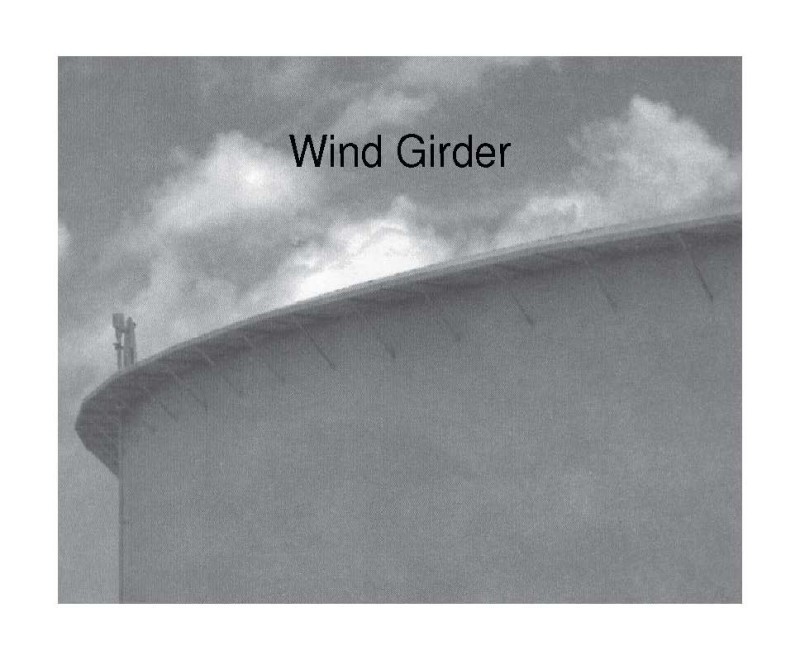Anand23404
Mechanical
- Jan 31, 2012
- 17
Somebody please explain how to select the location of a primary wind girder.
regards
regards
Follow along with the video below to see how to install our site as a web app on your home screen.
Note: This feature may not be available in some browsers.

